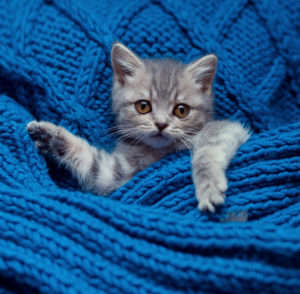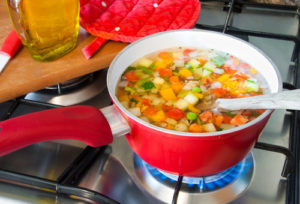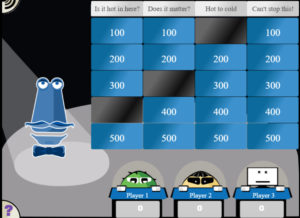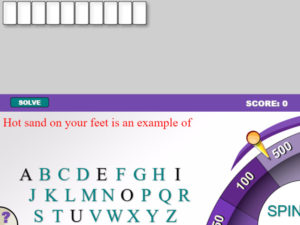 Even toddlers understand the concepts of hot and cold. And we’re all familiar with the plight of an ice cream cone on a hot day, right? So does that mean it’s easy to teach the concept of thermal energy? Not necessarily. It’s important to start with clear definitions of terms such as “heat” and “temperature.” Many students cannot discriminate between these terms or may use them interchangeably. This confusion can present a barrier to understanding other important physical science concepts.
Even toddlers understand the concepts of hot and cold. And we’re all familiar with the plight of an ice cream cone on a hot day, right? So does that mean it’s easy to teach the concept of thermal energy? Not necessarily. It’s important to start with clear definitions of terms such as “heat” and “temperature.” Many students cannot discriminate between these terms or may use them interchangeably. This confusion can present a barrier to understanding other important physical science concepts.
One of the best ways to explain thermal energy to your students is by using real-life examples, which is why we’ve compiled a bunch of curiosity-inducing questions below. Use these questions to start a thermal energy discussion with your students. If you have other questions you’d like to share, please write to us in the Comments section below.
Thermal energy questions related to everyday life:
At certain times of the year, the air temperature and the sea temperature are the same. Yet if you take a dip into the sea, it feels colder. Why?
Should ski jackets be black or silver? Why? How would we find out if the color of the jacket has an effect on the amount of heat it generates for the wearer?
Why does your skin feel cool when it’s wet?
Why do knit blankets keep you warm if they’re full of holes?
Are white teacups more efficient at preventing heat loss than teacups of other colors? How would we find out?
Have you ever grabbed the handle of a hot metal pan? Why did it feel hot to you?
Can you explain why you feel warm when you are standing near a campfire?
Why does a carpeted floor feel warmer to bare feet than tile or wood, even though all the surfaces are the same temperature?
What would happen if a person who is wearing a heavy winter jacket were to place a thermometer inside the jacket next to his or her skin? What would happen if we took the same jacket, after it had been hanging in a closet, and placed a thermometer inside?
 In terms of heat energy transfer, what happens when you place a metal spoon into a bowl of hot soup?
In terms of heat energy transfer, what happens when you place a metal spoon into a bowl of hot soup?
Why do metals often feel cool to the touch?
If you pick up an ice cube, which way is the heat energy flowing? What about if you pick up a cup of hot chocolate?
Can you explain how the transfer of thermal energy causes unpopped popcorn kernels to pop?
If our list of questions isn’t ample enough, you may want to create your own questions using other everyday examples of heat energy. Start with this link, which gives real-life examples ranging from computers to kittens. You’ll surely find more helpful ideas!
General questions about thermal energy:
Is heat a substance?
Are heat and temperature the same thing?
Is there really such a thing as “cold”? (For a video answer, see our Thermal Energy TV page.)
Does matter still have heat energy, even in the coldest environment you can imagine?
Your students may enjoy this interactive “Jeopardy” type game on heat energy. The game, which can be played by up to 3 students at a time, includes information on heat transfer, phases of matter, atomic structure, conductors, and insulators.
Why not try this “spin-to-win” Wheel of Fortune type game on conduction, convection, and radiation terminology?


